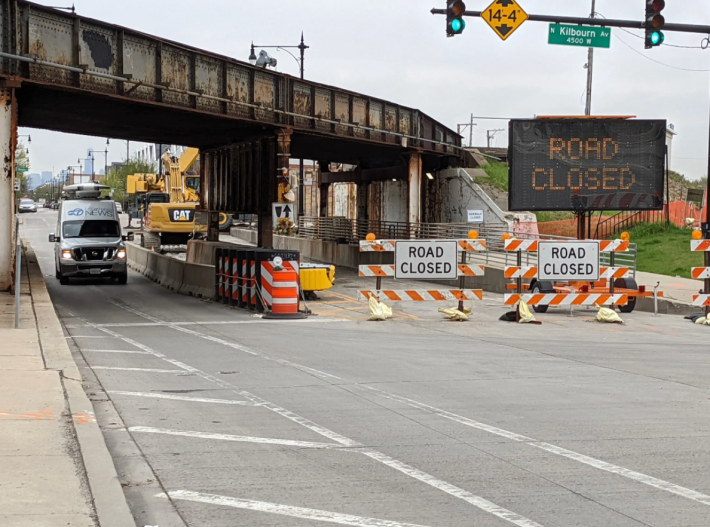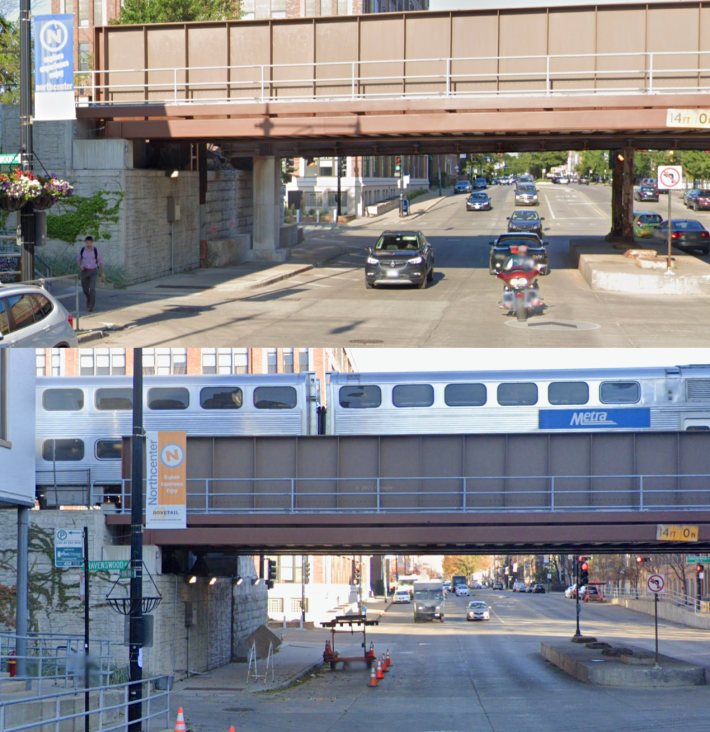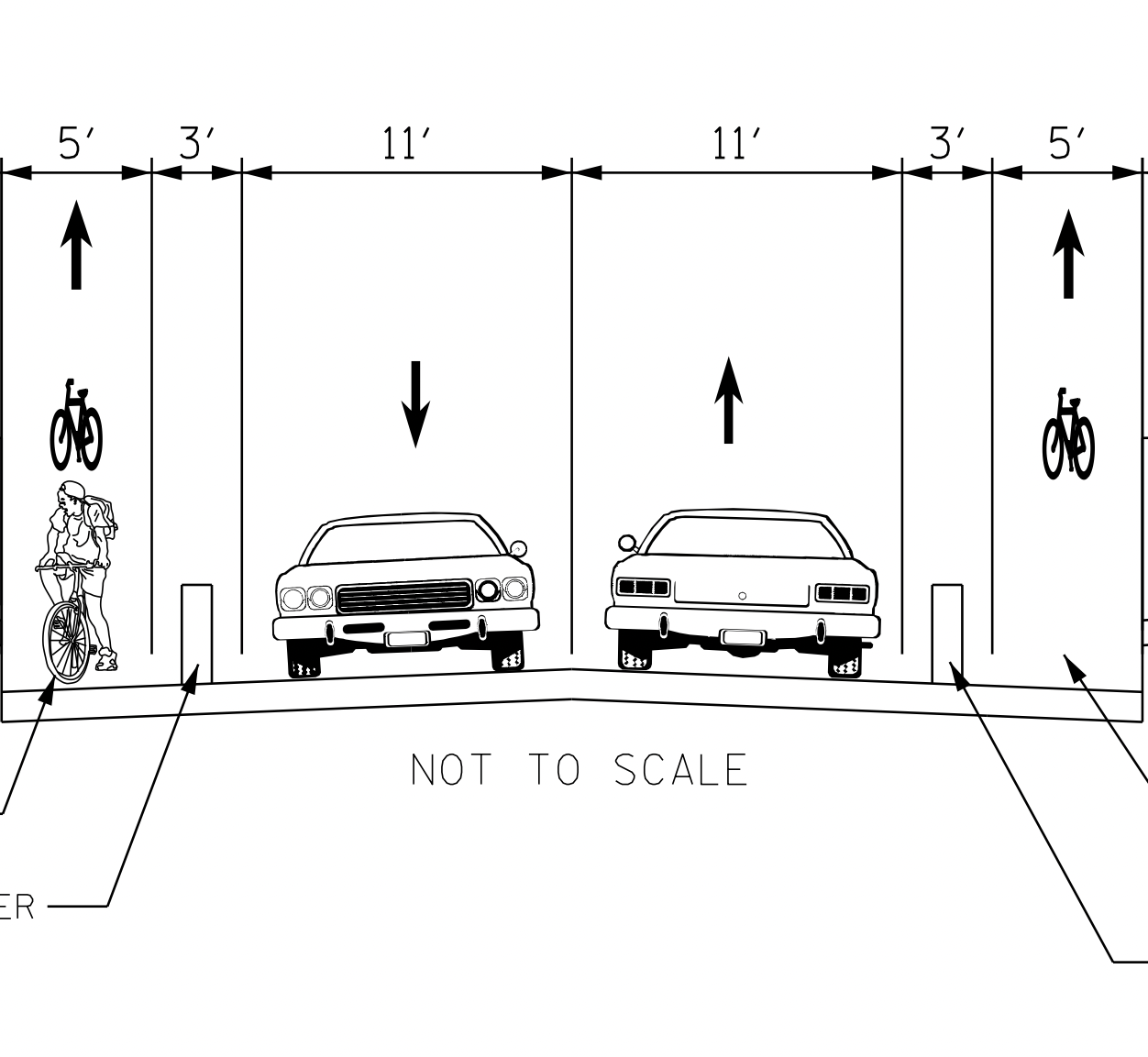On May 4 a hit-and-run driver fatally struck barista Nick Parlingayan, 22, on his bike near the intersection of Milwaukee and Kilbourn avenues in the Irving Park neighborhood. It was the second time in two-and-a-half years a motorist killed a person biking at this location, following the November 2019 death of school counselor Carla Aiello, 37, who was struck and killed by a dump truck driver.

A factor in Parlingayan's death may have been the current $32 million project to rebuild the Milwaukee Avenue bridge for a Canadian Pacific Railroad line, located just east of the two crash sites. This rail line is used by Metra’s Milwaukee District North route, and the commuter system's Grayland station is located just south of the bridge. Jersey barriers under the bridge on the northwest-bound side of Milwaukee create a pinch point, so that drivers are forced to travel in the painted bike lane. Delivery driver Phil Pagawa struck Parlingayan as he was biking northwest on Milwaukee.

Civil engineer Philip Santos told Streetsblog the bridge rehab project represents a missed opportunity to redesign the roadway to improve safety conditions for people walking and biking. "To me, this is the obvious time to do a full reconstruction to accommodate users under the bridge as well as those on the [Metra] platform."
Santos said reconstructing the bridge to eliminate side and center piers would widen the roadway footprint underneath, creating sufficient space for protected bike lanes in both directions.

“The center pier is a hazard by itself,” Santos told me. “[Drivers] will hit it no matter what.” He pointed to the recent rehab of the Union Pacific Railroad bridge over Irving Park Road at Ravenswood Avenue, in which pillars were removed from sidewalks, eliminating an obstruction for pedestrians, as an example of a rail viaduct redesign that helped improve conditions for vulnerable road users.

Santos acknowledged that upgrading the area below the bridge would come with additional cost and engineering considerations, but he said the time and expense would be well worth it. “There have been two fatalities here. If you’re going to fix a bridge, do it right.”





